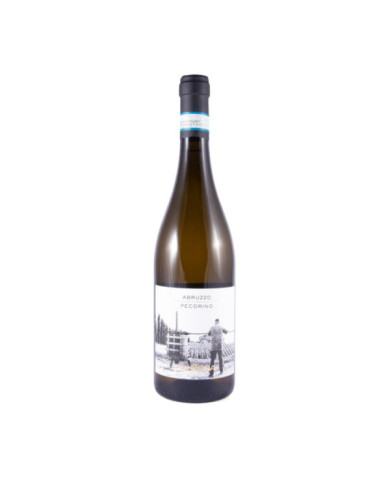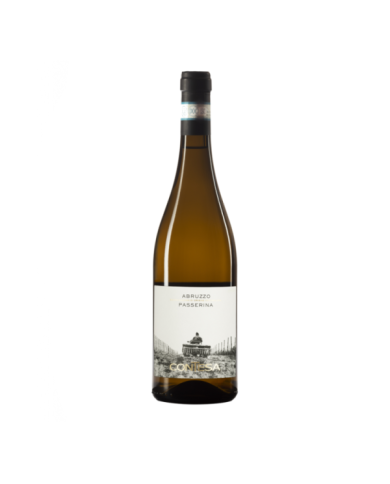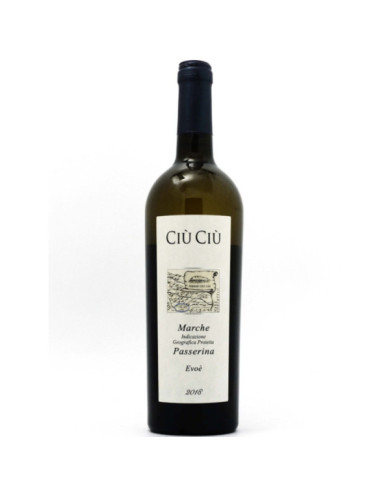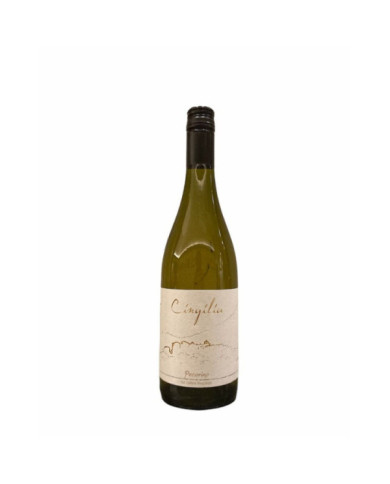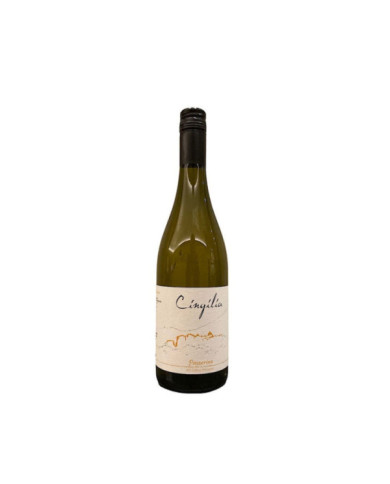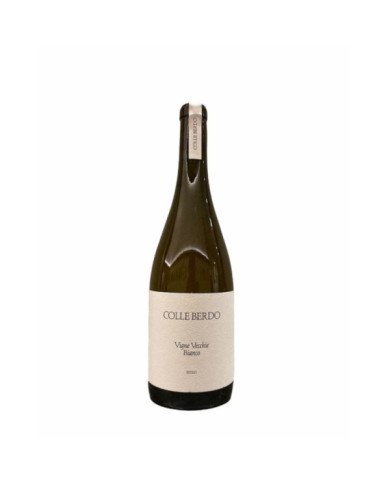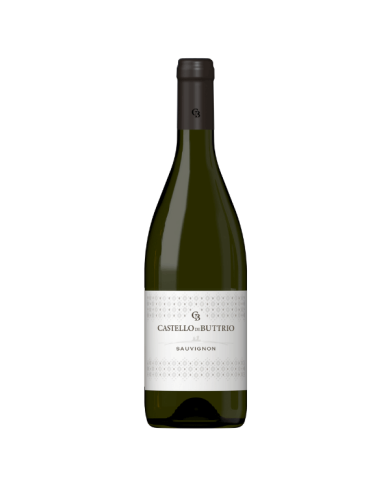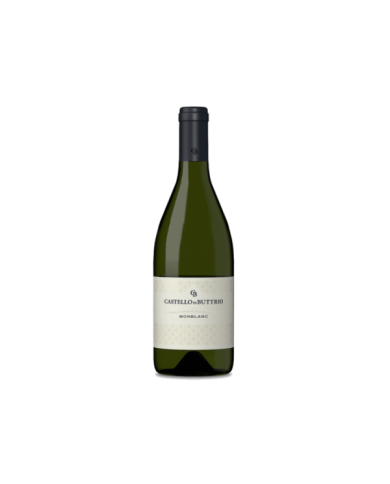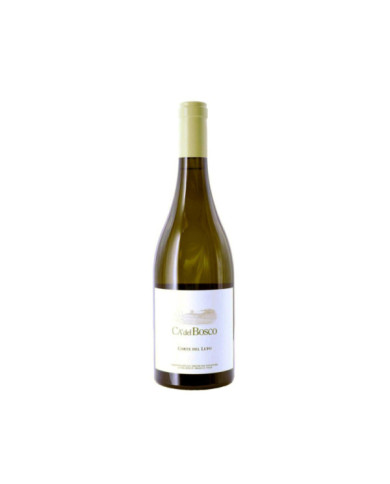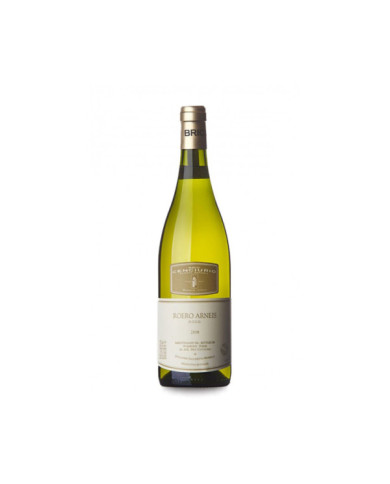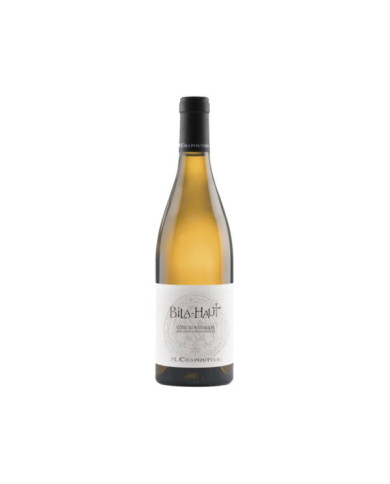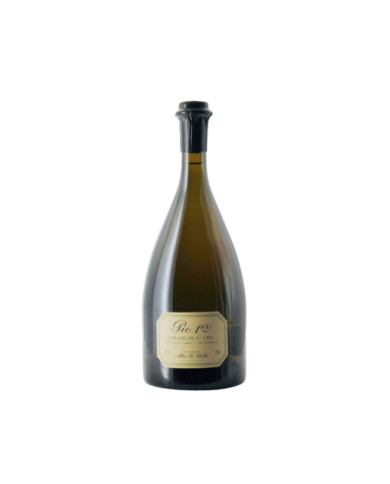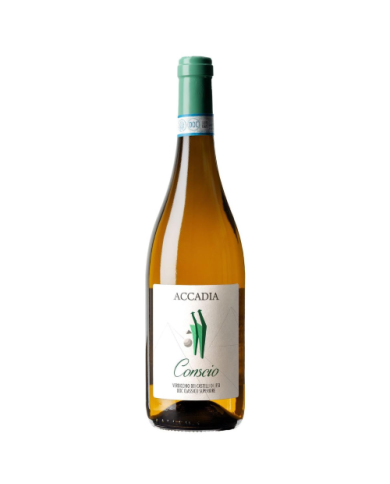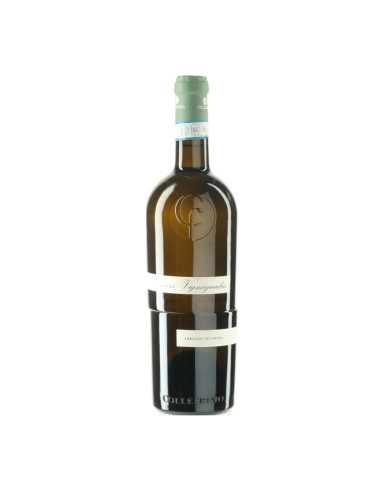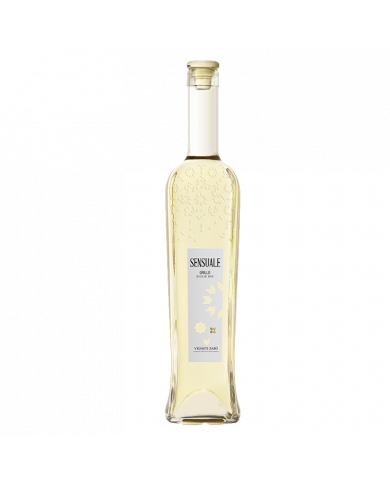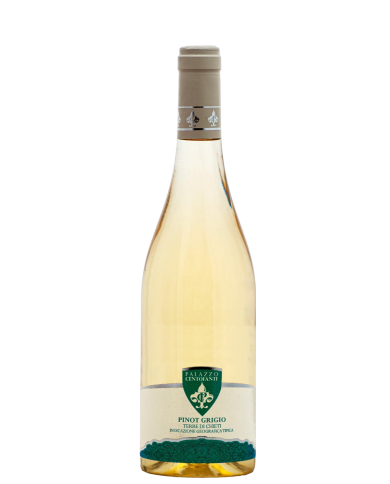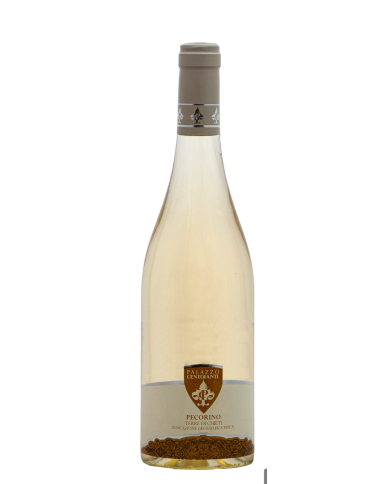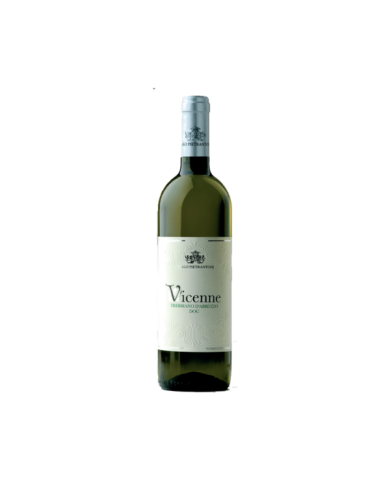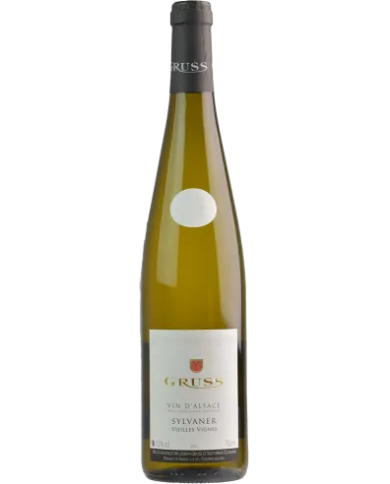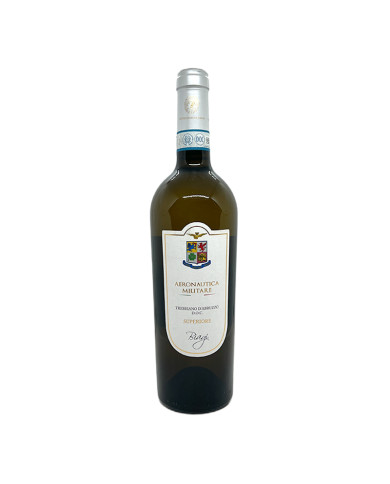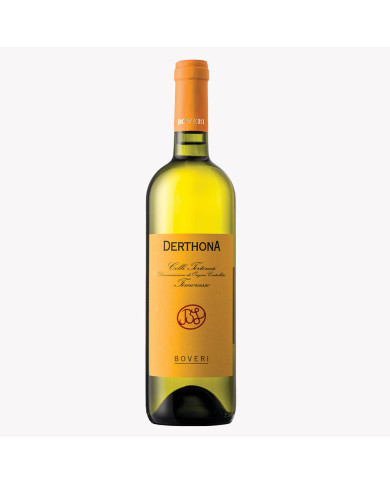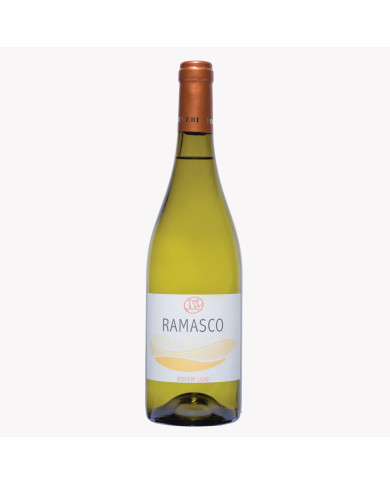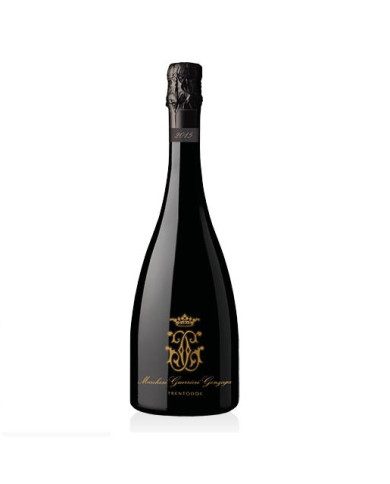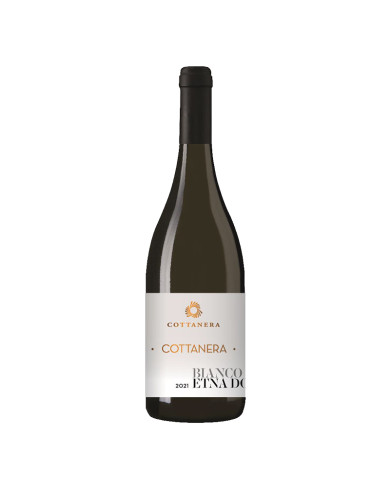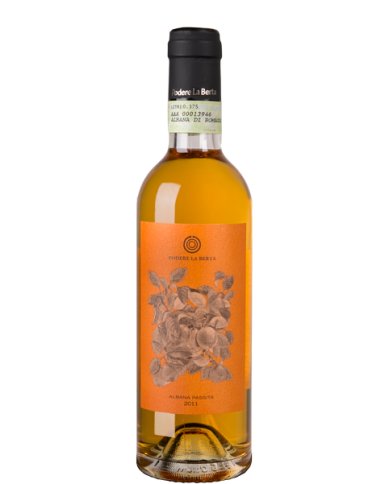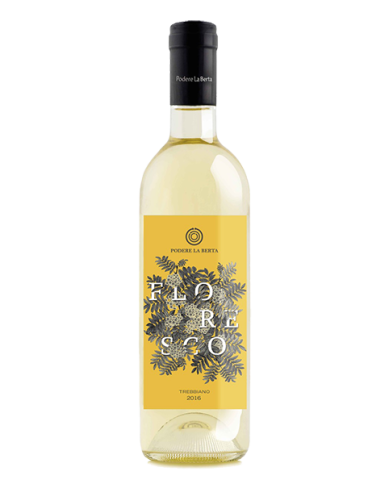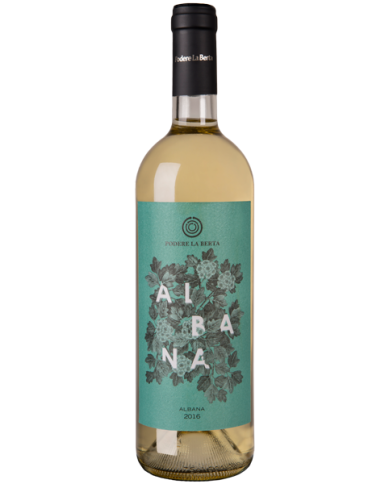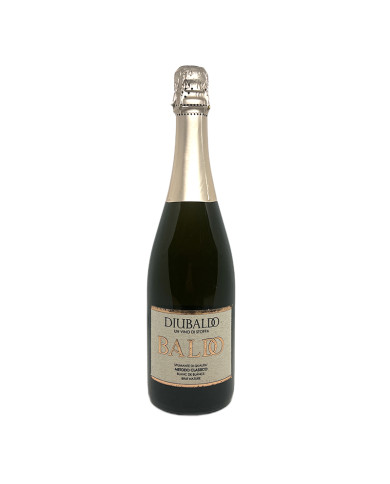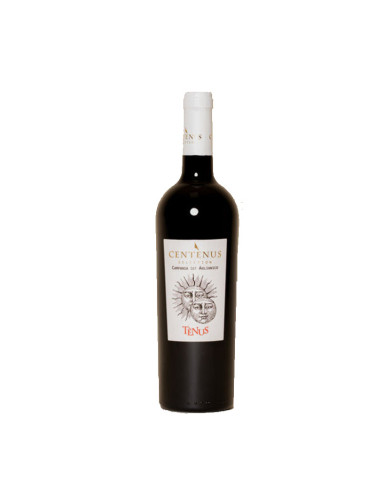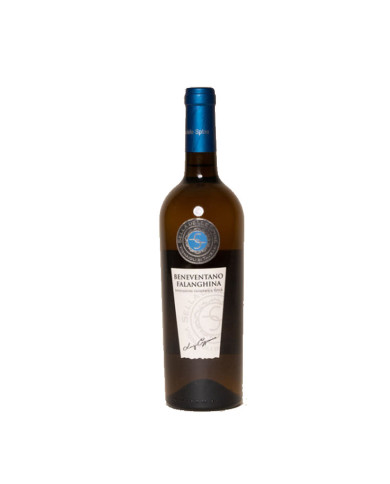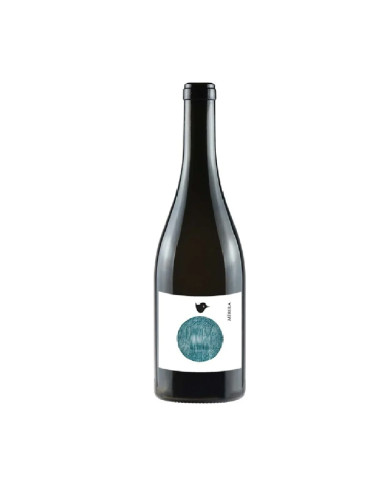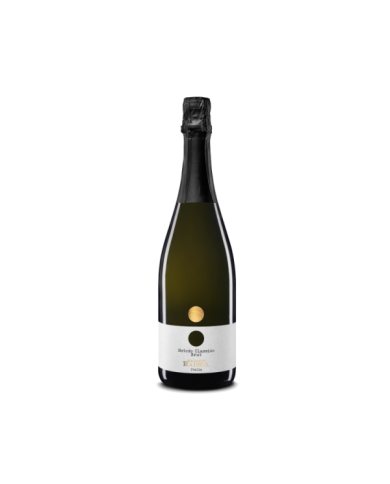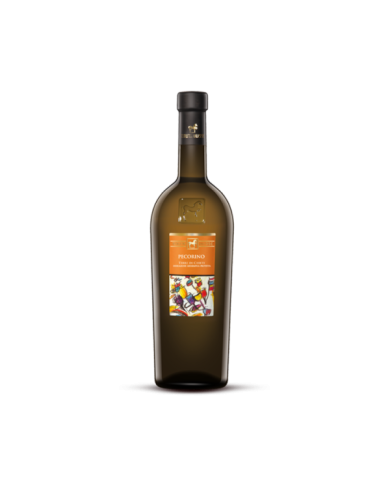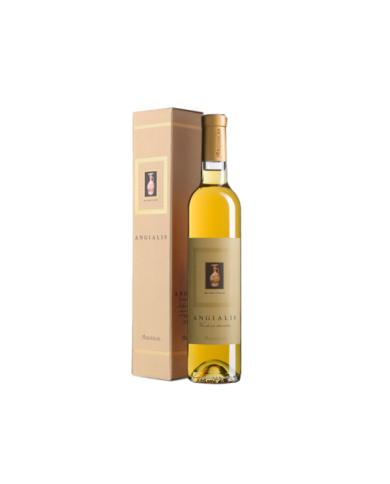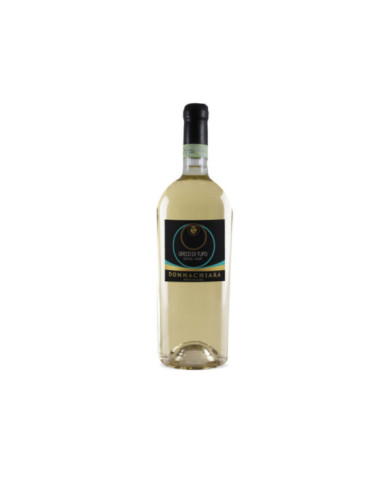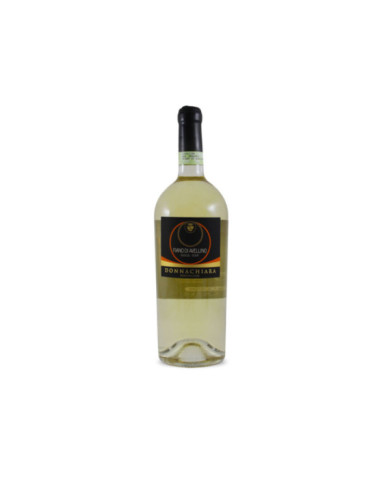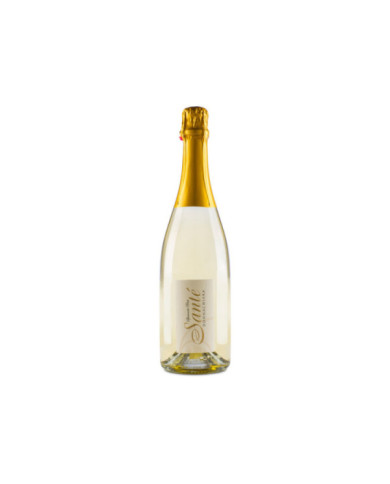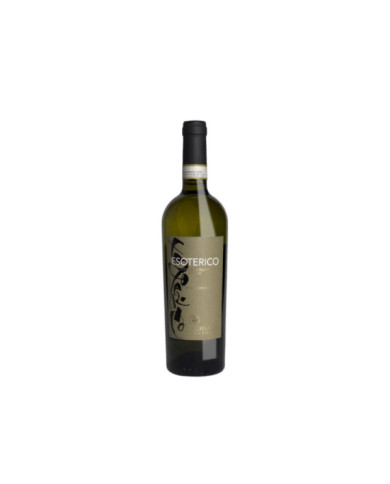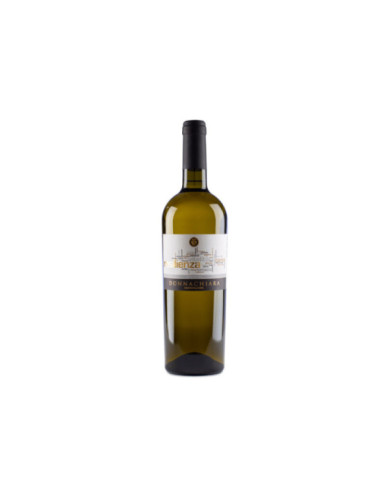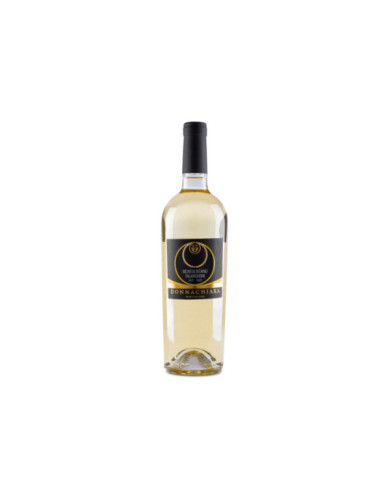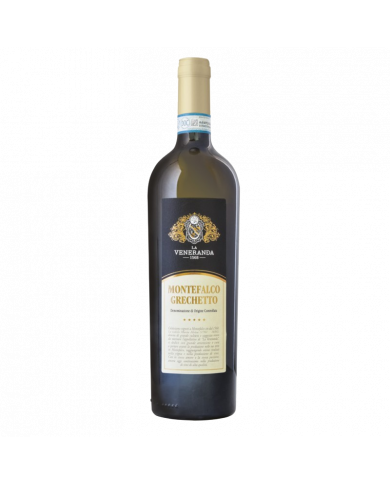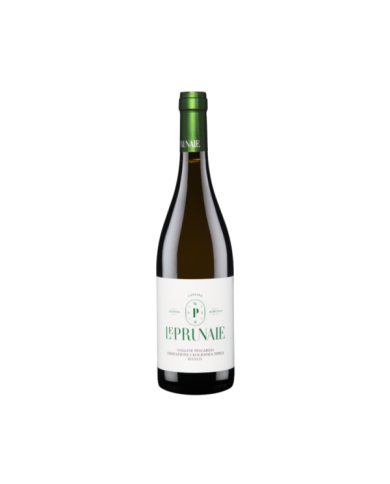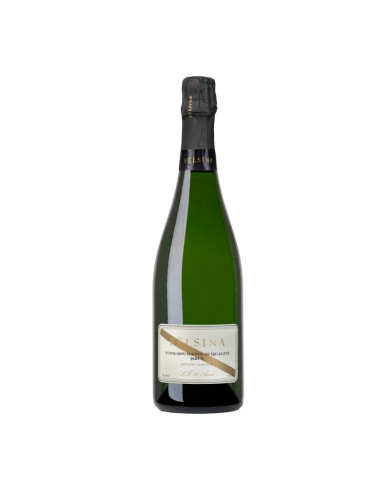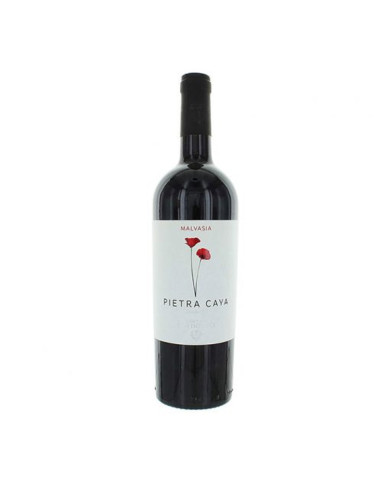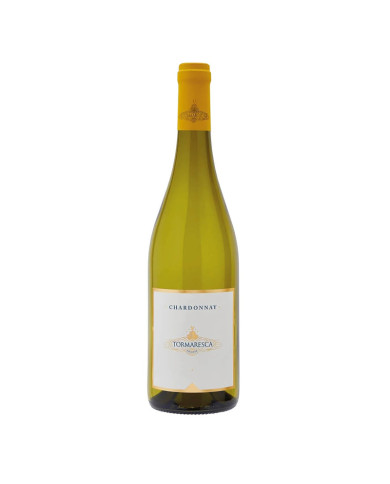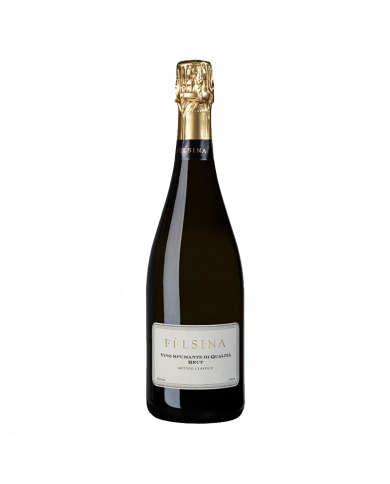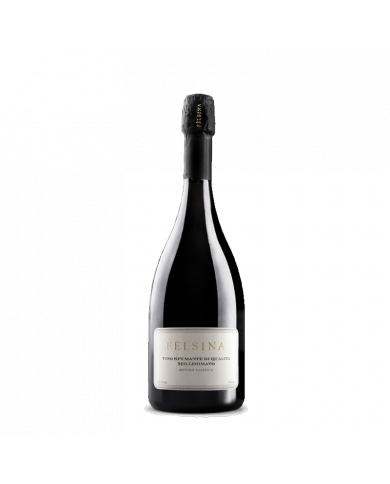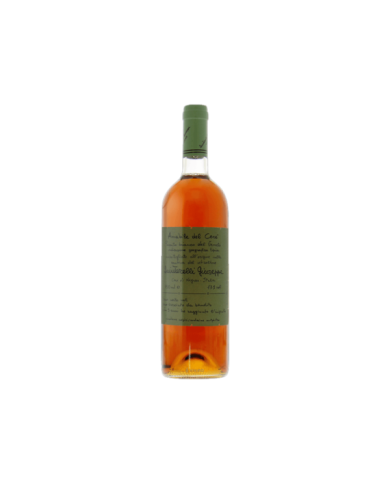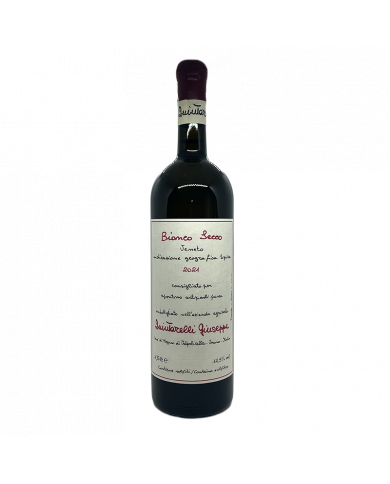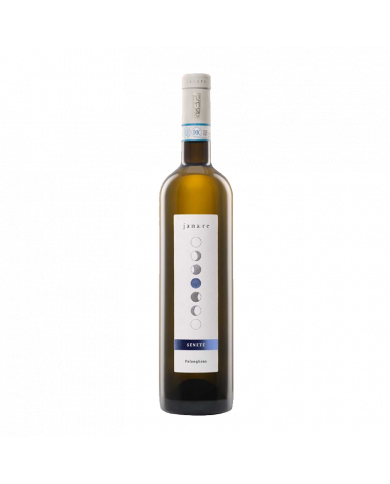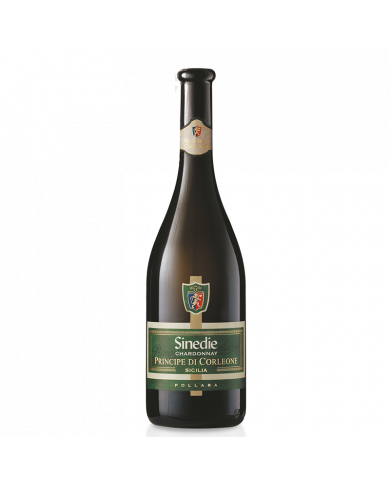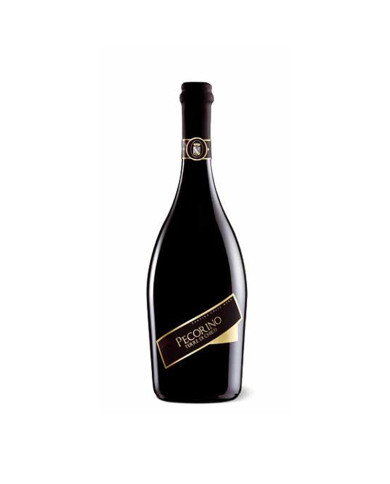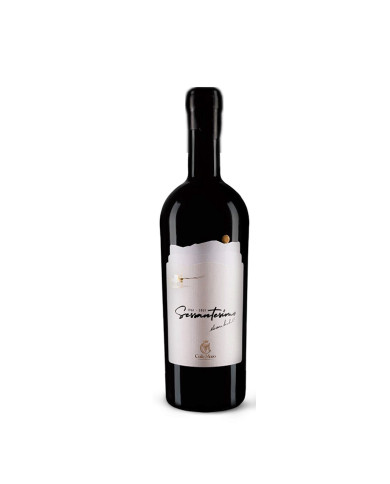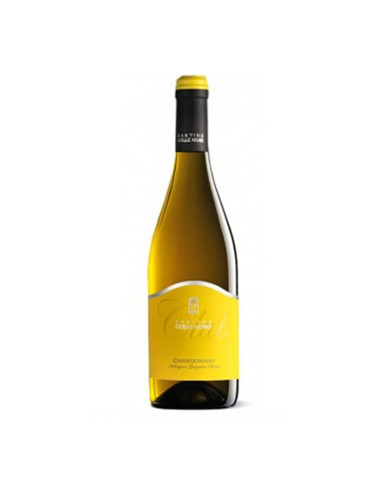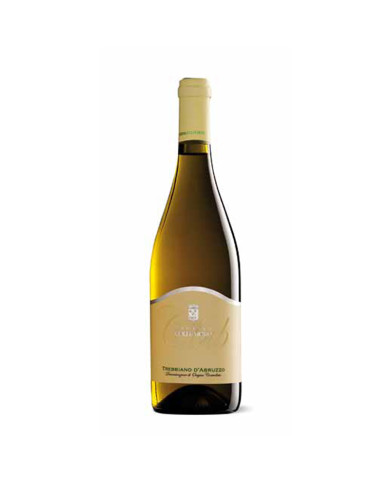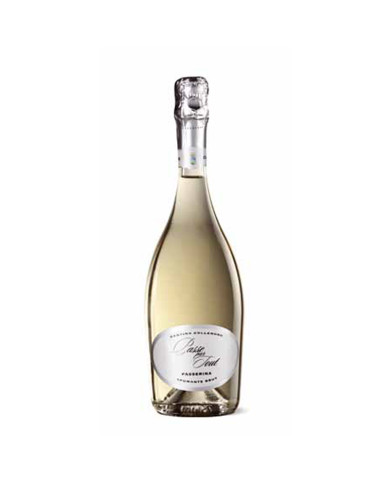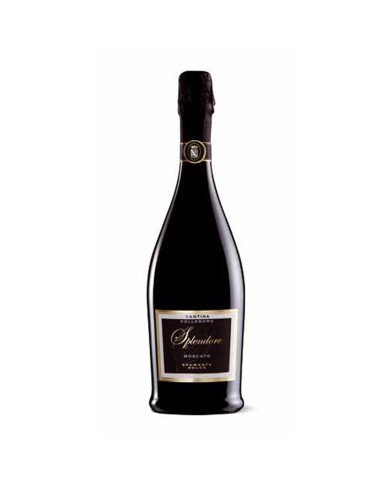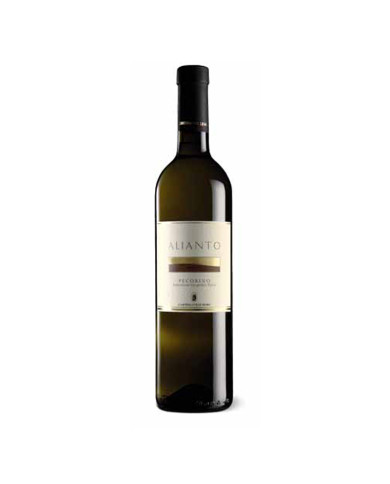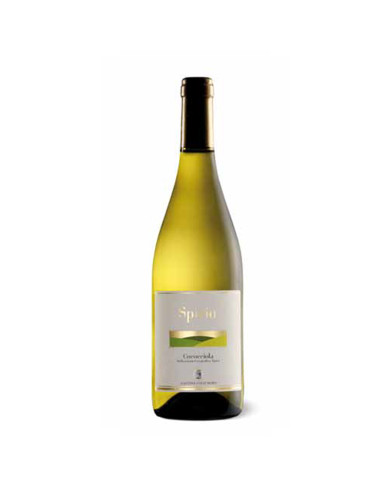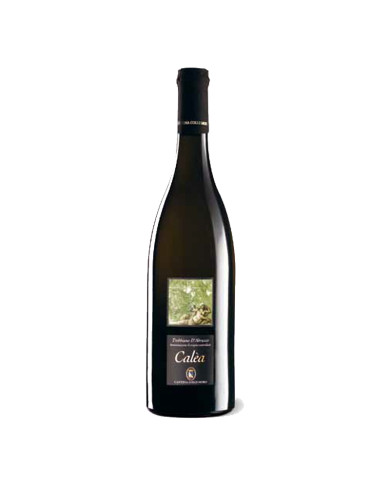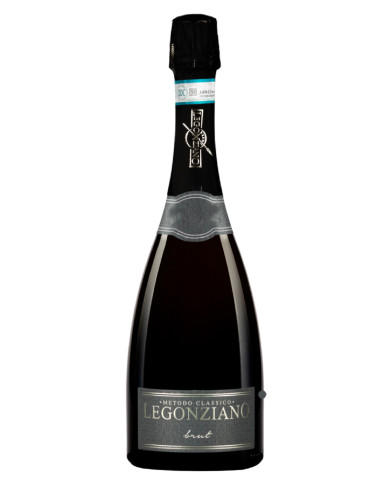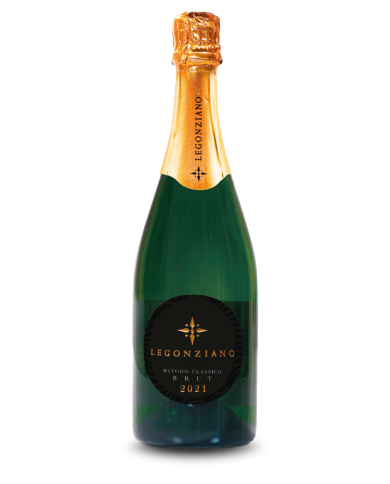Il Pecorino di Cingilia ├© un vino bianco prodotto nel comune di Cugnoli (PE), a 300 metri sul livello del mare su terreno argilloso e calcareo. Fermenta spontaneamente e affina sur lies per diversi mesi in serbatoi di acciaio inox con rimescolamento periodico delle fecce.
La Passerina di Cingilia ├© un vino bianco vinificato a temperatura controllata tramite pied de cuve preparato qualche giorno prima della vendemmia. Affinamento in acciaio sulle fecce fini.
Il Colle Berdo di Cincilia ├© un vino bianco da uve Trebbiano da vigne di 40 anni. Fermenta spontaneamente poi il vino sosta in acciaio sulle fecce fini , arricchendosi di aromi e cremosit├Ā. Non filtrato, non chiarificato.
Il Cococciola della cantina Cingilia ├© un vino bianco di straordinaria dinamicit├Ā e leggiadria, prodotto sulle Colline Pescaresi seguendo una visione produttiva artigianale. Il Cococciola ├© un vitigno a bacca bianca autoctono dellŌĆÖAbruzzo, tradizionalmente impiegato in assemblaggio con altre variet├Ā locali come il Trebbiano, sebbene siano sempre pi├╣ diffuse espressioni in purezza.
sapidit├Ā spiccata, piacevole freschezza insieme ad una particolare morbidezza, donano al vino ricchezza ed eleganza. Dalle notevoli capacita╠Ć evolutive, nel tempo acquista sempre piu╠Ć eleganza e armonia.
GRAPES : 100% Pecorino HARVEST : end of September VINIFICATION : Maceration at low temperature after destemming of the grapes and temperature controlled alcoholic fermentation in steel tanks. TASTING : To be accompanied with Pasta, Vegetarian, Appetizers and snacks, Lean fish, Salami.
Production area: Sambuca di Sicilia (AG), Sicily. Grapes and Vinification: Grillo. The refinement of the wine is carried out in stainless steel tanks. Color and Pairing: White, excellent with fresh cheeses and fish dishes.
Type: Bianco igt - Grapes: Pinot Grigio 100% - Aging: For 4 months in contact with the lees in stainless steel tanks - Gr. 12.5%
Type: White igt - Grapes: Pecorino 100% - Refinement: For 4 months in contact with the lees in stainless steel tanks - Gr. 13%
The grapes are softly pressed and immediately protected from oxidation, thanks to the addition of carbon dioxide which forms a thin protective barrier from the air. Static cold clarification for 24 hours, straw yellow color, medium intensity, with characteristic greenish hues, fresh and fruity aroma, taste body of good intensity, with fresh but not invasive acidity; savory and persistent in the finish of the mouth, with fruity retro-olfactory nuances.
A small and delicately pale grape, Pecorino is happy from the higher altitudes to the foothills to the coast, and thrives in Abruzzo (though you'll also find it in the Marche, Umbria, Liguria and Tuscany). The grape itself has an exceptionally high sugar content and tends to reflect the terroir without reserve: it is both sensitive and expressive, not unlike Pinot Noir, so it is a grape for a patient and passionate winemaker. Another nice thing about Pecorino - especially for white wine lovers - is the complexity you can find in a relatively young and affordable bottle. In a similarly priced Pecorino, you will get much more than a two-dimensional crunchy Pinot Grigio or a slate Sauvignon Blanc you get character, evident terroir, a richer aromatic profile than what often accompanies "fresh" white wines - notes of fruits of forest, flowers, dried herbs, minerality, all balanced by an acid freshness and a slightly heavier mouthfeel (thank you, sugar)
The last white born in Fertuna, it is characterized by its aromatic, rich and delicate expression, as well as by its marked acidity.
Il trebbiano in purezza ad unŌĆÖaltitudine compresa tra i 180 a i 200 metri slm, con esposizione a sud.
Il vino che esprime al meglio lŌĆÖidentit├Ā rurale romagnola e che ci riporta nel passato, quando le famiglie contadine coltivavano il Bombino Bianco e sapendo di poter contare sulla sua resistenza, lo utilizzavano per ripagare i propri debiti. Da qui la DOC Pagadebit.
AROMATIC AND LAMINATED GRAPES
Angialis Isola dei Nuraghi Igt by Argiolas is a wine with an intense straw yellow color. On the nose they result in very intense primary aromas, markedly Mediterranean. Terpenic characters typical of Nasco.
Entirely produced with Grechetto grapes, this wine has a straw yellow color. Particularly fine on the nose with a bouquet that develops between hints of elderflower, broom, yellow pulp fruit: peach, mango; With a finish of aromatic herbs reminiscent of thyme, sage. Its alternation between flavor and freshness is excellent.
This wine represents the best production of Meirana. It is obtained from the grapes of old vineyards planted in the years 1953 and 1955. The average yield of the vineyards in the various harvests is from 30 to 40 quintals per hectare. The grapes are harvested in wooden boxes and transferred directly to the presses so that the bunches arrive intact. These, due to their rich structure and acidity, make it possible to obtain a great wine suitable for storage, maintaining its aromas and freshness over the years. The name Bruno Broglia is in honor of the founder of the farm. This selection, recognized as one of the reference white wines, gets important national and international awards every year. It was also served as the only white wine at the Gala dinner, for the G20 in St. Petersburg, in the presence of the greats of the Earth, held on 5 September 2013. Bruno Broglia has a straw yellow color with greenish reflections, brilliant: the bouquet very persistent finish, fruity and reminiscent of the aristocratic scent of the grapes from which it comes. It goes well with both fish-based dishes and shellfish where it brings out the characteristics of haute cuisine better.
The Puglia Chardonnay of the Marchesi Antinori is born in the vineyards of the Tormaresca farm, owned by the Antinori family and located in the territories of Salento and the Murgia of Bari.
Straw yellow with soft greenish reflections, brilliant, fine and persistent perlage. The nose is quite intense, fresh and delicate, with floral and fruity notes reminiscent of golden apple and bread crust. In the mouth it is dry, savory and balanced; denotes good acidity accompanied by a long and sustained finish with returns of exotic fruit.
Straw yellow color with soft golden reflections, fine and persistent perlage. The nose denotes intense and enveloping aromas, notes of ripe fruit and slight hints of almond and hazelnut stand out. On the palate it is complex, full and structured supported by a strong acid vein, leaving a citrus touch and a long persistence in the finish.
The history of Chardonnay di F├©lsina began in the eighties, from grafts of French clones in the vineyards owned by the nearby Tenuta di Farnetella.
Amabile del Cere is a white passito from Veneto made from various white grapes. It is a blend based on chardonnay, garganega, Tuscan trebbiano and sauvignon. The grapes are harvested at the end of September, followed by drying in wooden boxes and pressing in January, when the botritys worked at full capacity on the volume and sugar residue of the bunches. Quintarelli 's passito is then aged for 5 or 6 years in French oak. Exquisite, sublime, delicate. The fifth essence of sweetness. The amber color, the notes of bergamot, candied fruit and spices accompany a vertical, delicate and engaging sip. A passito from the past, with an enormous potential for spectacular evolution. A meditation wine to be savored on rare occasions, excellent with dry or sliced desserts.
The label of this Falanghina from the La Guardiense winery, belonging to the Cru line, is vinified starting with carefully selected 100% pure Falanghina grapes. The origin is the classic one of Sannio Beneventano in the suitable heart of eastern Campania. The harvest, as per company tradition, takes place in the second half of September and provides for the vinification with cryo-maceration at a controlled temperature of 8┬░ C in reduction with following soft pressing in stainless steel, for 20 days, fermentation at a controlled and constant temperature 13┬░ c.
The history of Chardonnay di F├©lsina began in the eighties, from grafts of French clones in the vineyards owned by the nearby Tenuta di Farnetella.
Obtained from Chardonnay grapes from low-yield vineyards. Fermented and left to mature in French oak barrels, it is a wine as elegant as it is powerful. Sinedie is a white wine but at the same time capable of a long aging in the bottle, if well kept in the cellar.
The best Italian white wines
Italy is home to important white wines. In the section of our Clickwine online wine shop dedicated to the best Italian white wines, you will find bottles of excellent white wine carefully selected by our Sommeliers.
The denominations used in our country to classify wines are DOCG, DOC and IGT. Sometimes denominations such as DOP and IGP are also found: these acronyms have similar meanings to the previous ones but are used by wineries that mainly sell their wines outside the Italian territory.
The production of white wine
White wines are produced from both light and dark berry grapes, but vinified in white: that is to say that during maceration there is no contact between the must and the marc, so that the skin - exactly the opposite of what it happens for the red - it doesn't give substances and color.
Its myriad nuances vary according to the characteristics of the vine, the refinement method and the vine cultivation area.
In white winemaking, once the grapes have been harvested, they are transported to the cellar, destemmed and pressed and the must is separated without any maceration or with a short maceration. Sometimes, however, the grapes are pressed and then macerated with the skins at a low temperature for a more or less long period. In this way, richer and softer wines can be obtained.
This phase is followed by the clarification of the white product, which can be done by letting the must rest, by cooling, centrifugation or filtration.
Fermentation begins either by introducing selected yeast into the must or spontaneously, with the indigenous yeasts present in the grapes. To maintain the aromas, finesse and freshness of white wines, fermentation is done at lower temperatures than for red wine vinification, generally around 18┬░C.
To obtain a fresh and lively wine, to be drunk young, malolactic fermentation is avoided, bottling early, after filtration and stabilization. More complex wines, aged or fermented in wood, are bottled only after several months spent in barrels.
How to taste white wine
First of all, you need to decide whether to uncork the bottle immediately or whether to age your white wine. If you want to immediately surrender to their charm, their aromas of aromatic herbs, flint or their notes of exotic fruit, then serve your white at the right temperature: 6-8┬░ for a young white and 8-10┬░ for a softer one. it is structured.
How to match white wine
Dry white wines will also surprise you at the table and not just for their straw yellow colour. As an aperitif and above all combined with a fish dish, white wine is certainly a must, but it is not easy to perceive which of the many labels will be the most suitable for the occasion
However, we suggest you try some white wine as an accompaniment to fresh, low-fat cheeses rich in milk such as the tasty buffalo mozzarella, or with soft, flowery-rind cheeses. They are obviously also perfect with white meats, such as the classic scallops but beyond the customs, white wine also perfectly decorates a table based on meat and risottos as well as truffles. Enter our Clickwine online wine shop to receive specific suggestions for buying the best white wine at the best price to pair with your favorite dishes.
White wines: prices and offers
Every week you will find on our Clickwine online wine shop selected white wine labels at special prices in this section and in the one dedicated to offers, you can then take a look at those with the best value for money.
A wide choice of quality products is available at affordable and truly exclusive prices. Do not miss the incredible offers of white wines belonging to all the most prestigious wineries of Italian production, discover Italian wines loved and internationally recognized.
Enter the Clickwine catalog and expand your choice by purchasing online exclusive articles of small-sized wineries, but with an exceptional production of the highest quality.
White wines: longevity and conservation
How long can I keep white wine in the cellar? Do white wines improve like red wines with age? These are the questions that a wine consumer asks himself when speaking of white wine.
In general, white wines are much less long-lived than reds, for two reasons: the tannins and the ageing. Tannins are antioxidant substances present in the skins of wine which are not present in whites; As far as aging is concerned, however, most of the white wines are aged in steel for a few months, even the reds, if they are aged a little in steel and undergo rapid maceration, do not last many years. Let's say that a classic white that ages in steel lasts from 2 to 3 years maximum. If it is macerated or aged in wood, it can last up to 20 years and improve from year to year.
How many types of white wines are there?
There is no exact number of types of white wines, as there are different white grape varieties that can be used to make white wines. Some of the most common white grape varieties used to produce white wines are: Chardonnay, Sauvignon Blanc, Riesling, Pinot Grigio and Moscato. There are also other less common varieties such as Gew├╝rztraminer, Semillon and Viognier. Each of these varieties can be used to make white wines with different and unique characteristics, so there are many different types of white wines available.
How to recognize a good white wine?
There are several ways to recognize a good white wine. One of the easiest ways is to taste the wine and evaluate its taste and aroma. A good white wine should have a pleasant taste and a delicate, complex aroma. Other factors that can indicate the quality of a white wine are the vintage, the grape variety and the production area. In general, white wines produced with high quality grapes and in particularly favorable years tend to be more valuable and of higher quality. Furthermore, white wines produced in regions renowned for the production of high quality white wines can be considered more valuable than the ones produced in other regions.
How to understand if a white wine is good?
As mentioned above, one of the easiest ways to understand if a white wine is good is to taste it and evaluate its taste and aroma. A good white wine should have a pleasant taste and a delicate, complex aroma. Furthermore, it is important to keep in mind the quality of a white wine can be influenced by many factors, such as the vintage, the grape variety and the production area. For example, white wines produced with high quality grapes and in particularly favorable years tend to be more valuable and of higher quality. Furthermore, white wines produced in regions renowned for the production of high quality white wines can be considered more valuable than the ones produced in other regions.
Why is it called white wine?
White wine is called this way because it is produced using white grapes. Most of the white grapes have a transparent or slightly colored skin, therefore the wine produced with these grapes has a clear and transparent colour. Sometimes the color of white wine can be influenced by the type of grape used, the winemaking process and the addition of other ingredients, but in general, white wine has a clear, transparent color.
How to replace white wine?
If you want to substitute white wine in a recipe, there are several ingredients you can use. One of the more common options is to use chicken or vegetable broth instead of white wine. Other options may include using white vinegar or apple juice diluted with water. Also, in some cases you can omit the white wine entirely and use other ingredients to achieve the desired flavor in the recipe.

